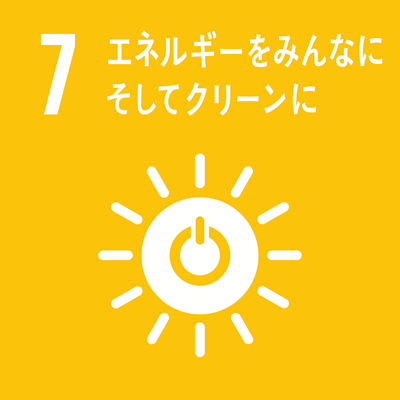シラバス表示
シラバスの詳細な内容を表示します。
→ 閉じる(シラバスの一覧にもどる)
科目の基本情報
| 開講年度 | 2024 年度 | |
|---|---|---|
| 開講区分 | 工学研究科(博士後期課程)材料科学専攻 | |
| 受講対象学生 |
大学院(博士課程・博士後期課程) : 1年次 |
|
| 選択・必修 | ||
| 授業科目名 | 固体反応化学特論 | |
| こたいはんのうかがくとくろん | ||
| Reactivity of Solids | ||
| 単位数 | 2 単位 | |
| ナンバリングコード | EN-INAN-7
|
|
| 開放科目 | 非開放科目 | |
| 開講学期 |
後期 |
|
| 開講時間 |
月曜日 7, 8時限 |
|
| 授業形態 |
対面授業 * 状況により変更される可能性があるので定期的に確認して下さい
「オンライン授業」・・・オンライン会議ツール等を利用して実施する同時双方向型の授業 |
|
| 開講場所 | ||
| 担当教員 | 今西 誠之(工学研究科材料科学専攻) | |
| IMANISHI, Nobuyuki | ||
| SDGsの目標 |
|
|
| 連絡事項 | * 状況により変更される可能性があるので定期的に確認して下さい |
|
学修の目的と方法
| 授業の概要 | 無機固体物質の各種合成法を基礎から説き起こす。格子欠陥、拡散、結晶核生成、固相反応、状態図、結晶成長、焼結過程、およびそれらと結晶構造の関連等、化学者の立場から詳説する。 (Course description/outline) The various synthetic methods of inorganic solid substances are elucidated from the basics. The details of lattice defects, diffusion, crystal nucleation, solid-phase reaction, phase diagram, crystal growth, sintering process, and their relation to crystal structure are explained from the viewpoint of chemists. |
|---|---|
| 学修の目的 | |
| 学修の到達目標 | 無機反応、特に固体の反応に関する専門的な考え方が身に付く |
| ディプロマ・ポリシー |
|
| 成績評価方法と基準 | レポート100%による。 (Grading policies and criteria) Evaluation by report |
| 授業の方法 | 講義 |
| 授業の特徴 | |
| 授業アンケート結果を受けての改善点 | |
| 教科書 | 特になし (Textbooks) Nothing in particular |
| 参考書 | |
| オフィスアワー | |
| 受講要件 | |
| 予め履修が望ましい科目 | |
| 発展科目 | 固体反応化学演習 (Advanced courses) Seminar in Reactivity in Solids |
| その他 |
英語対応授業である。 |
授業計画
| MoodleのコースURL |
|---|
| キーワード | 結晶構造、化学結合、状態図、相転移 |
|---|---|
| Key Word(s) | crystal structure, chemical bond, phase diagram, phase transition |
| 学修内容 | 無機固体物質の各種合成法を基礎から説き起こす。 各回ごとに、結晶構造(2回)、格子欠陥(2回)、拡散(2回)、結晶核生成(1回)、固相反応(2回)、状態図(2回)、結晶成長(2回)、焼結過程(2回) (Course contents) The various synthetic methods of inorganic solid substances are studied from the basics. Lecture plan: the crystal structure (2 classes), lattice defects (2 classes), diffusion (2 classes), crystal nucleation (1 class), solid-state reaction (2 classes), phase diagram (2 classes), crystal growth (2 classes), sintering process (2 classes) |
| 事前・事後学修の内容 | |
| 事前学修の時間:120分/回 事後学修の時間:120分/回 |

